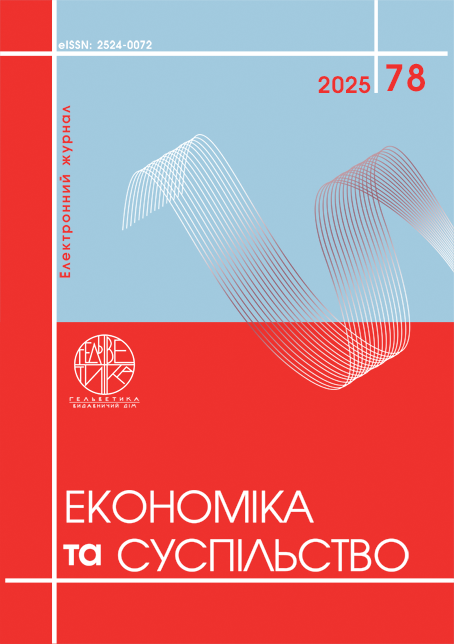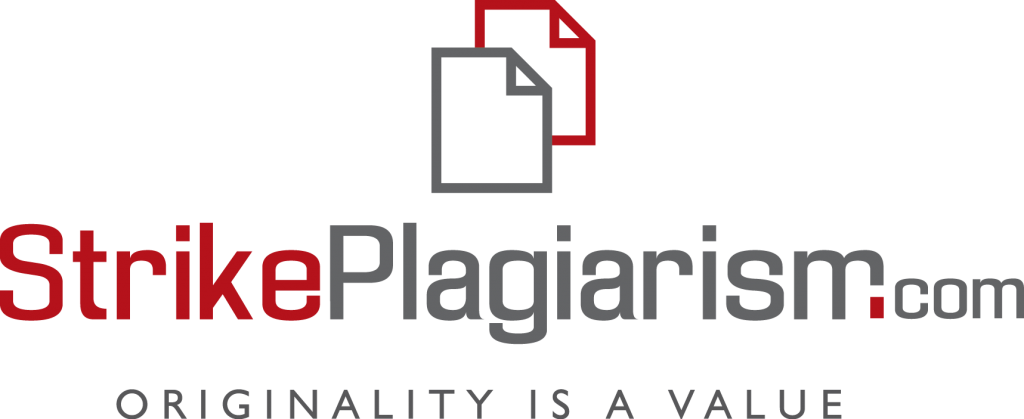MARKETING AS A DRIVER OF STARTUP QUALITY AND COMPETITIVENESS
Abstract
This paper examines contemporary scientific and applied approaches to using marketing as a strategic instrument for enhancing the quality and competitiveness of start-ups. It highlights the limitations of traditional, static budgeting models—which fail to reflect the dynamic nature of start-ups—and underscores the need to balance established channels with experimental expenditures and contingency reserves. Based on a synthesis of previous research and critical analysis of practical cases, the study proposes a dynamic model for allocating marketing budgets of Ukrainian start-ups grounded in the “15/5 Rule” and adapted to three development stages (Seed/Pre-seed – 25/5%, Series A – 15/5%, Scale-up – 10/5%). The model combines resources dedicated to quality and stability with funds for innovation while maintaining a constant reserve to respond swiftly to market volatility. Practical recommendations are offered for integrating this model into business plans, financial strategies, and performance monitoring systems, thereby increasing budget transparency, accelerating market entry, and reducing the risk of inefficient spending.
References
Abedi, V. S. (2016). Allocation of advertising budget between multiple channels to support sales in multiple markets. Journal of the Operational Research Society, 68(2), 165-181.
How Much Should Your SaaS Marketing Budget Be in 2025? // Xander Marketing. URL: https://www.xandermarketing.com/how-much-should-your-saas-marketing-budget-be-in-2025/
How to Build a Marketing Budget for Tech Startups // Markitors. URL: https://markitors.com/how-to-build-a-marketing-budget-for-tech-startups/
Huang, J., & Zhao, T. (2025). Hidden representation clustering with multi-task representation learning towards robust online budget allocation. arXiv. URL: https://arxiv.org/abs/2506.00959
Impact of Marketing Budget Allocation on Financial Performance of Startups // ResearchGate. URL: https://www.researchgate.net/publication/393730496_IMPACT_OF_MARKETING_BUDGET_ALLOCATION_ON_FINANCIAL_PERFORMANCE_OF_STARTUPS
Kumar, R., & Singh, P. (2024). Multi-task combinatorial bandits for budget allocation. arXiv. URL: https://arxiv.org/abs/2409.00561
Marketing Budget Allocation Strategies For CFOs And CMOs // Abacum. URL: https://www.abacum.ai/blog/marketing-budget-allocation
Marketing Budgets: Benchmarks for CMOs in the Era of Less // Gartner. – Режим доступу: https://www.gartner.com/en/marketing/topics/marketing-budget
Marketing for Startups 2025: Breaking Down the Costs // ScratchDisk. URL: https://scratchdisk.biz/post/marketing-startups-breaking-down-costs
Park, S. H. (2022). A nonlinear optimization model of advertising budget allocation under planned advertising investment. Pacific Asia Journal of the Association for Information Systems, 14 (3), 1-27.
Sedlářová, T., Kvasnička, R., Brožová, H., Hlavatý, R., et al. (2025). A robust optimization approach to budget optimization in online marketing campaigns. Central European Journal of Operations Research, 33 (2), 181-209. DOI: https://doi.org/10.1007/s10100-025-00984-x
What is a Good Marketing Budget for a Startup? // Transcend Digital. URL: https://transcenddigital.com/blog/what-is-a-good-marketing-budget-for-startup/
Zhang, Y., & Li, K. (2025). Adaptive budget optimization for multichannel advertising using combinatorial bandits. arXiv. URL: https://arxiv.org/abs/2502.02920
Аlbers, S. (2025). Optimal rules for advertising budget allocation across movie versions marketed in sequential distribution stages. Journal of Advertising Research, 65(5), 1-17. DOI: https://doi.org/10.1080/00218499.2025.2464282
Hobela, V. V., & Ivanyshyn, T. Ya. (2024). Improving the marketing activity of the enterprise: theoretical and applied principles. Ekonomika ta suspilstvo [Economy and Society], (64). DOI: https://doi.org/10.32782/2524-0072/2024-64-44
Hobela, V. V., & Ivanyshyn, T. Ya. (2025). Innovative marketing tools for startup development in the digital age. Tsyfrova ekonomika ta ekonomichna bezpeka [Digital Economy and Economic Security], 1(16), 397-402. DOI: https://doi.org/10.32782/dees.16-60

This work is licensed under a Creative Commons Attribution 4.0 International License.


